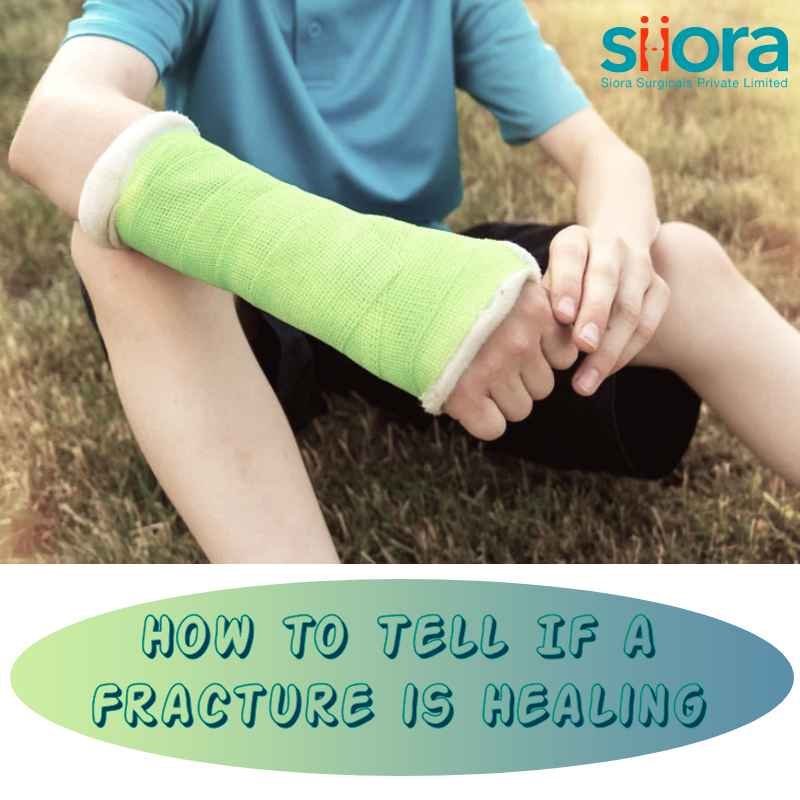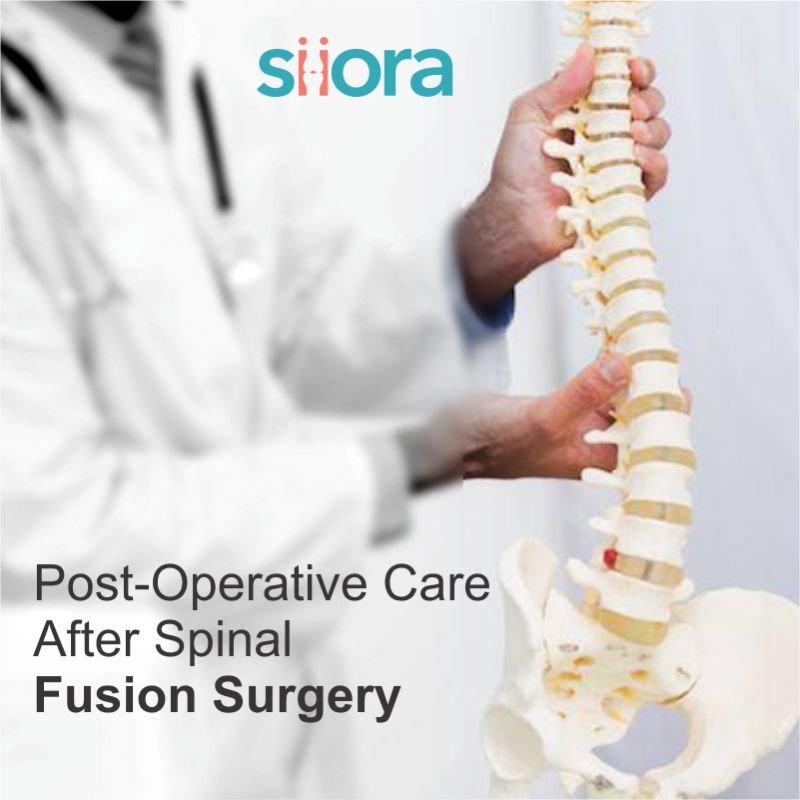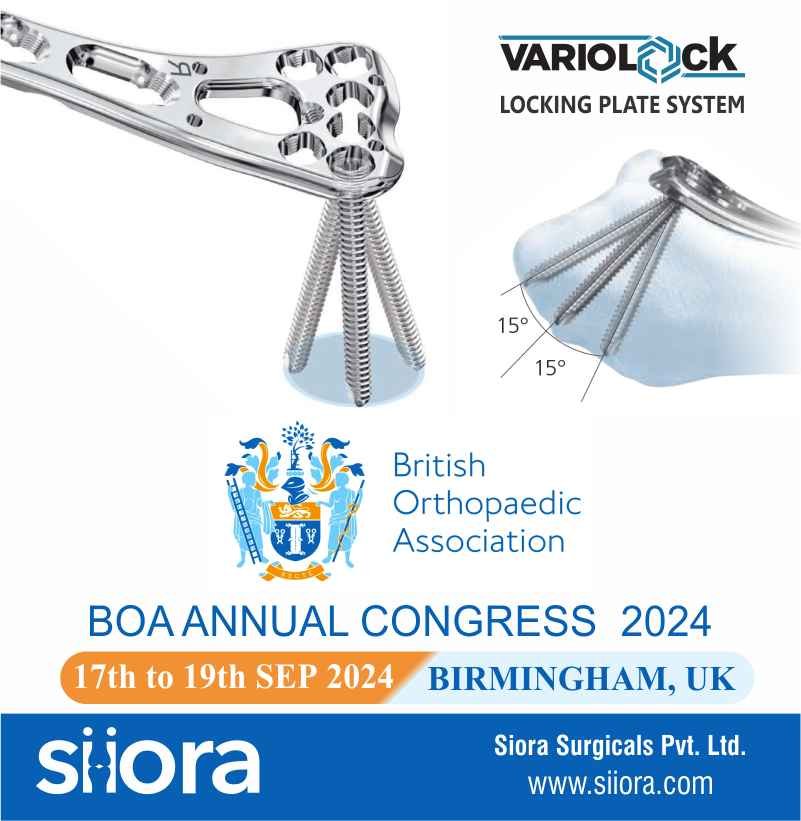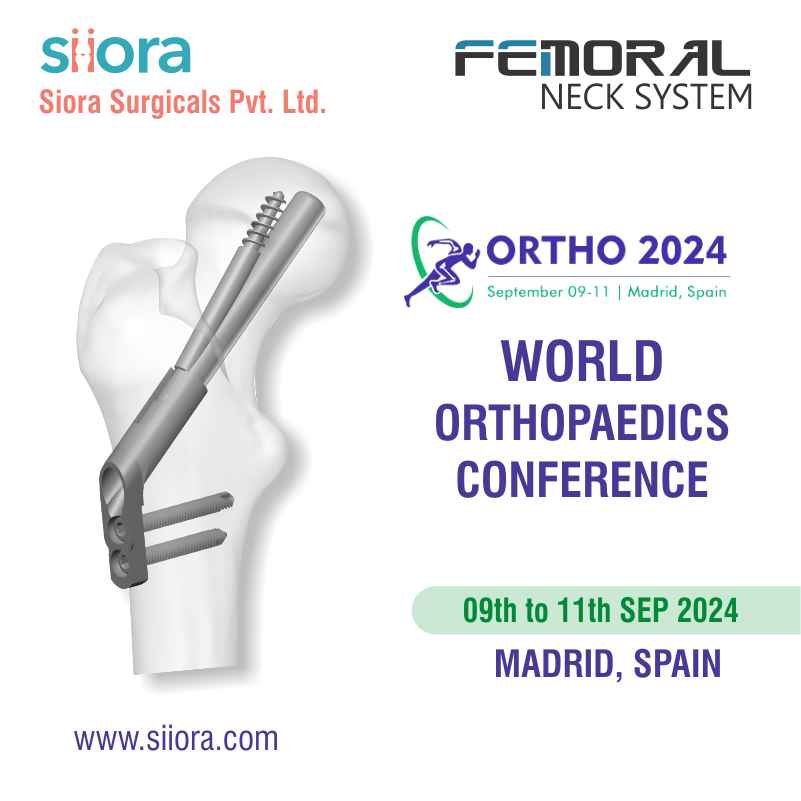Fracture is a common injury. We must say that most of us have experienced it at least once in our lifetime. Fractures can affect anyone irrespective of age and gender. The severity of the condition will depend on its cause and location. The orthopedic specialist will decide whether orthopedic implants will be required or not accordingly. Well, fracture healing also depends on where and how the fracture has occurred. However, one can notice the signs of healing of a fracture if stern attention is paid. This is what we will be discussing in the post.
Identifying whether a fracture is healing involves observing various signs and symptoms. The healing process of a fracture typically progresses through several stages, and understanding these stages can help in assessing the healing progress.
Signs of Fracture Healing
Pain Reduction
Initially, fractures cause intense pain due to the injury. However, as the healing process advances, the pain gradually subsides. The reduction in pain, especially when you are not using any painkillers can be an indicator that the fracture is healing. The pain may change from sharp and intense to a dull ache and eventually fade away. It’s important to note that pain levels can vary depending on the individual and the type of fracture.
Decreased Swelling
Swelling is a common symptom following a fracture. It occurs due to the accumulation of fluid and blood around the injured area. As the healing progresses, the swelling gradually decreases. Initially, the swelling may be significant, causing visible deformities and discomfort. However, over time, the swelling should subside, and the affected area should regain a more normal appearance.
Improved Mobility
Fractures often limit the range of motion and mobility of the affected area. As the fracture heals, you may notice a gradual improvement in your ability to move the injured body part. Initially, movement may be limited or accompanied by discomfort. However, with healing, you should experience less restriction and increased mobility.
Reduction in Bruising
Bruising, or discoloration of the skin around the fracture site, is a result of bleeding and tissue damage. It typically appears shortly after the injury and may spread beyond the immediate area of the fracture. As healing progresses, the bruising should gradually fade away, indicating the resolution of internal bleeding and tissue repair.
Stabilization of Fracture Site
X-rays are commonly used to assess the alignment and stability of fractures. Follow-up X-rays can reveal changes in the fracture site over time. Initially, the X-rays may show a clear break or displacement of bone fragments. However, as healing occurs, the bones should align and stabilize. The appearance of new bone formation and the disappearance of fracture lines on X-rays indicate that the fracture is healing.
Formation of Callus
Callus formation is a crucial step in the healing process. Callus is a specialized tissue that forms around the fracture site as a bridge between the broken bone ends. It consists of fibrous tissue, cartilage, and new bone. The formation of a callus can often be felt as a lump or thickening at the fracture site. It may also be visible on X-rays. The presence of a callus indicates that the body is actively repairing the fracture.
Gradual Return of Function
As the fracture heals, the affected area should gradually regain its strength, range of motion and functional abilities. For example, if the fracture is in a limb, you may notice improved ability to bear weight, grip objects, or perform movements that were restricted immediately after the injury. The pace of functional recovery can vary depending on factors such as the type and location of the fracture, as well as individual healing rates.
Tenderness Decreases
Fractures are often accompanied by tenderness and sensitivity at the fracture site. As healing progresses, the tenderness should gradually decrease. Lightly touching or applying pressure to the area should become less painful over time. However, it’s important to note that some tenderness may persist during the healing process, especially during activities that put stress on the healing fracture.
X-ray Changes
X-rays play a crucial role in monitoring the healing progress of fractures. Follow-up X-rays, taken at regular intervals, can reveal changes in the fracture site. Initially, the X-rays may show a clear break or separation at the fracture site. While on the other hand, x-rays show that the bone at the break is healing if recovery has started.
How to Ensure Faster Fracture Healing?
The time required for fracture healing depends on its severity, cause, and location. However, healing also depends on how the patient behaves and follows the instructions given by the healthcare service provider. Let us see how you can speed up the healing of a fracture:
Immobilization
Immobilizing the fractured bone is crucial for proper healing. Doctors often use casts, splints, or braces to stabilize the affected area, preventing further injury and promoting alignment of the broken bone. Compliance with immobilization instructions is essential for optimal healing.
Adequate nutrition
A well-balanced diet plays a crucial role in the healing process. Ensure you’re consuming sufficient amounts of protein, calcium, vitamin D, and other essential nutrients. Protein-rich foods such as lean meats, fish, dairy products, legumes, and nuts are particularly important for bone healing. Consult with a nutritionist or healthcare professional for personalized dietary recommendations.
Vitamin and mineral supplementation
In addition to a healthy diet, certain vitamins and minerals can support fracture healing. Calcium and vitamin D are essential for bone health, and supplements may be recommended, especially if your dietary intake is insufficient. Other nutrients like vitamin C, zinc, and magnesium also play vital roles in the healing process.
Weight-bearing as suggested
Depending on the type and location of the fracture, weight-bearing may be restricted or encouraged. Follow your healthcare provider’s guidance on when and how much weight you can put on the affected limb. Gradually increasing weight-bearing can stimulate bone remodeling and accelerate healing.
Physical therapy
Once the initial healing stage is complete, physical therapy can be beneficial. A skilled therapist can guide you through specific exercises to strengthen the surrounding muscles, improve range of motion, and restore function. Physical therapy can also help prevent stiffness and promote faster recovery.
Low-intensity pulsed ultrasound (LIPUS)
LIPUS is a non-invasive treatment that uses sound waves to stimulate bone healing. It has shown promise in promoting fracture healing, particularly in nonunion cases or fractures with delayed healing. This therapy should be administered by a healthcare professional.
Electrical stimulation
Electrical stimulation of the fracture site can enhance bone healing. It helps promote the formation of new bone tissue and accelerates the healing process. This treatment is typically recommended for complex fractures or cases where healing is delayed.
Smoking cessation
If you smoke, quitting can significantly benefit fracture healing. Smoking negatively affects blood circulation and bone metabolism, impairing the body’s natural healing mechanisms. By quitting smoking, you improve blood flow and increase the delivery of oxygen and nutrients to the fracture site.
Medications
Your healthcare provider may prescribe certain medications to support fracture healing. These may include pain relievers, anti-inflammatory drugs, or bone-stimulating medications like teriparatide. Follow your doctor’s instructions regarding medication usage and dosage.
Follow-up care
Regularly attending follow-up appointments with your healthcare provider is crucial. They will monitor the progress of your fracture healing and make any necessary adjustments to your treatment plan. Be sure to communicate any concerns or changes in symptoms during these visits.
It is essential to remember that each fracture is unique, and the healing process can vary among individuals. While these strategies may help promote faster fracture healing, it’s important to consult with a healthcare professional who can provide personalized advice based on your specific fracture type, location, and medical history. Following their guidance and being patient with the healing process will give you the best chance of a successful recovery.
Siora Surgicals Pvt. Ltd. is a leading orthopedic device manufacturer in India operating for over 3 decades in the industry. The company owns an advanced manufacturing unit in the RAI District, Sonepat, Haryana. Siora manufactures hundreds of different types of orthopedic implants and instruments that are made using medical-grade stainless steel and titanium. Siora is also a renowned OEM/contract manufacturing service provider around the world.







